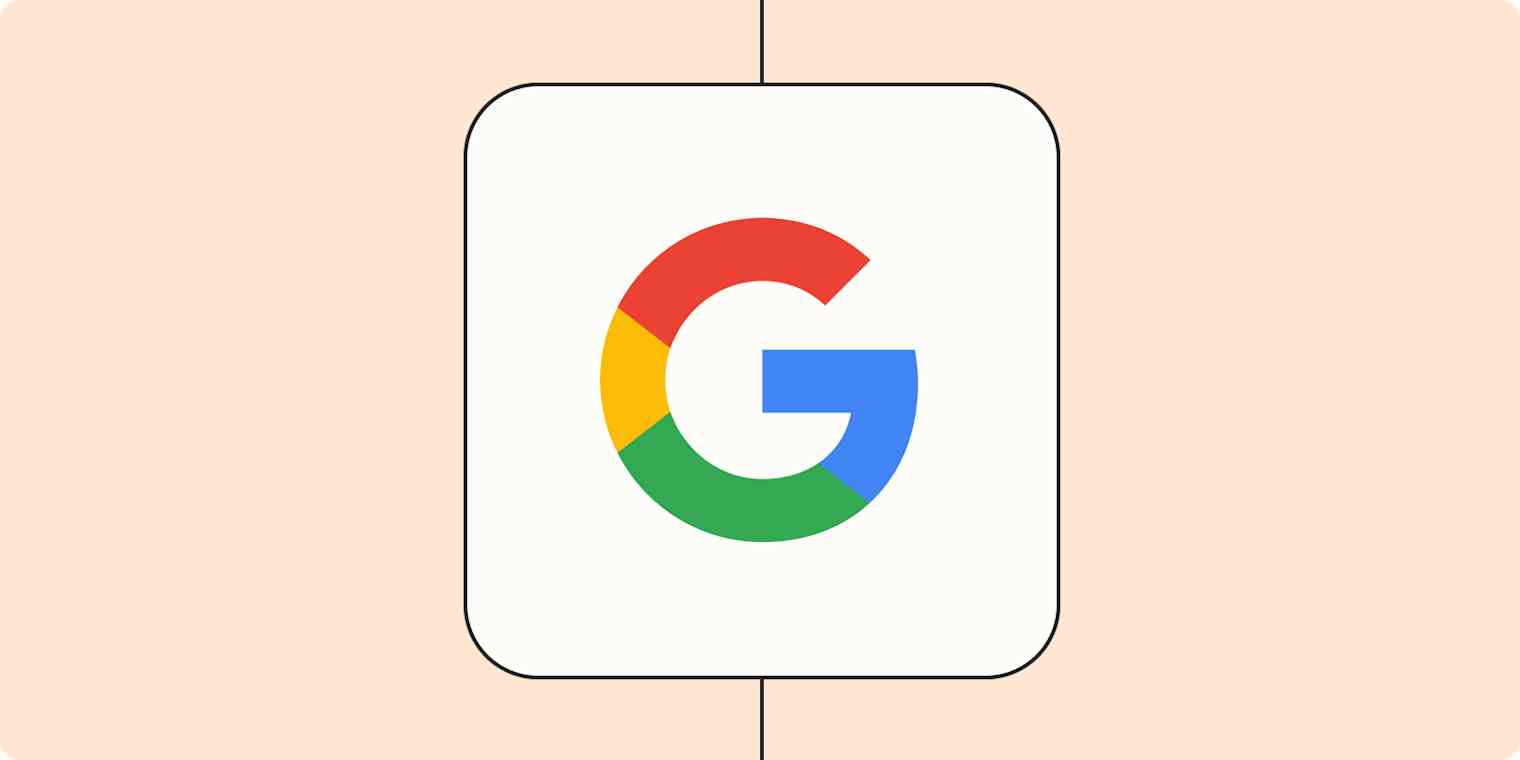Business tips
5 min readGoogle page experience update: How to optimize your eCommerce site
Improving your Core Web Vitals is crucial for the May 2021 page experience update. Here's how to do just that.
By Laura Ellen Blackwell · April 5, 2021

Get productivity tips delivered straight to your inbox
We’ll email you 1-3 times per week—and never share your information.
Related articles
Improve your productivity automatically. Use Zapier to get your apps working together.








